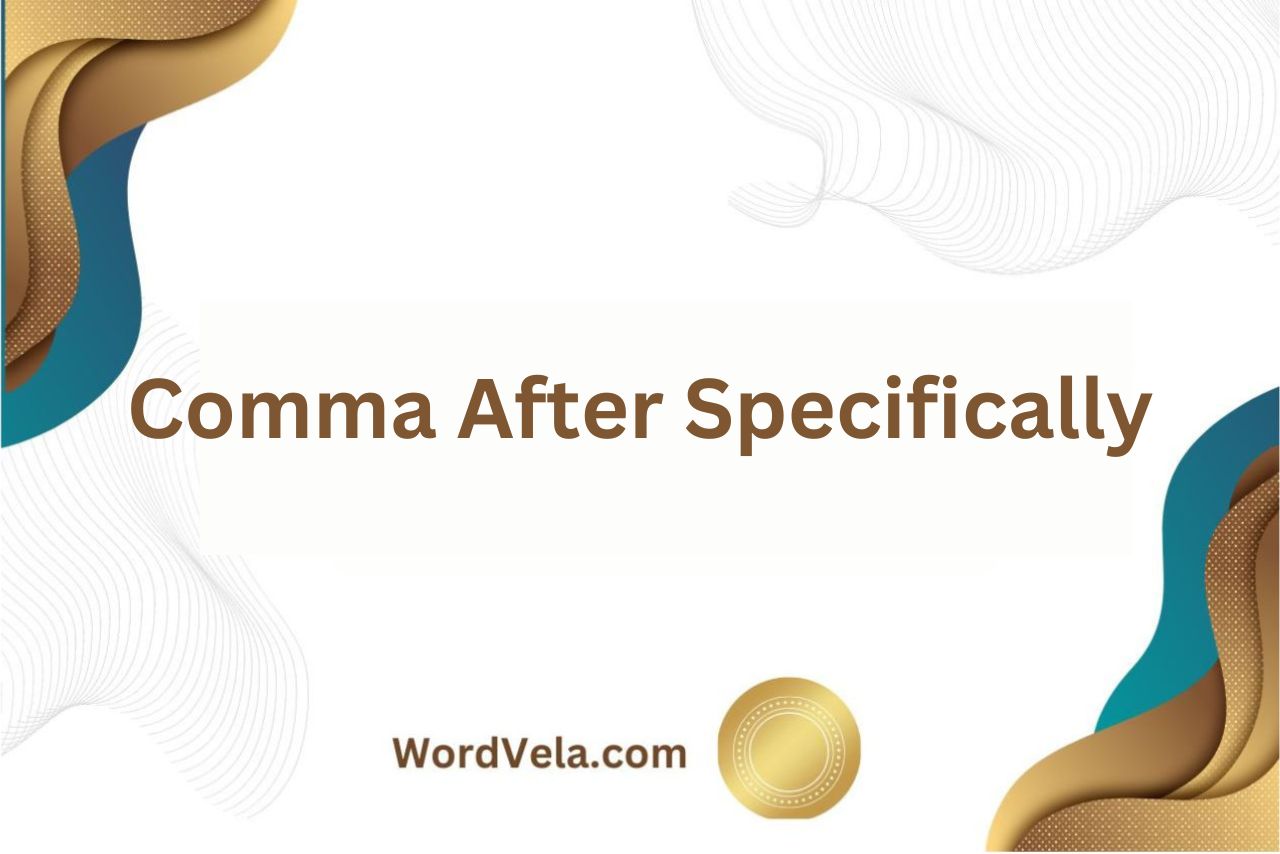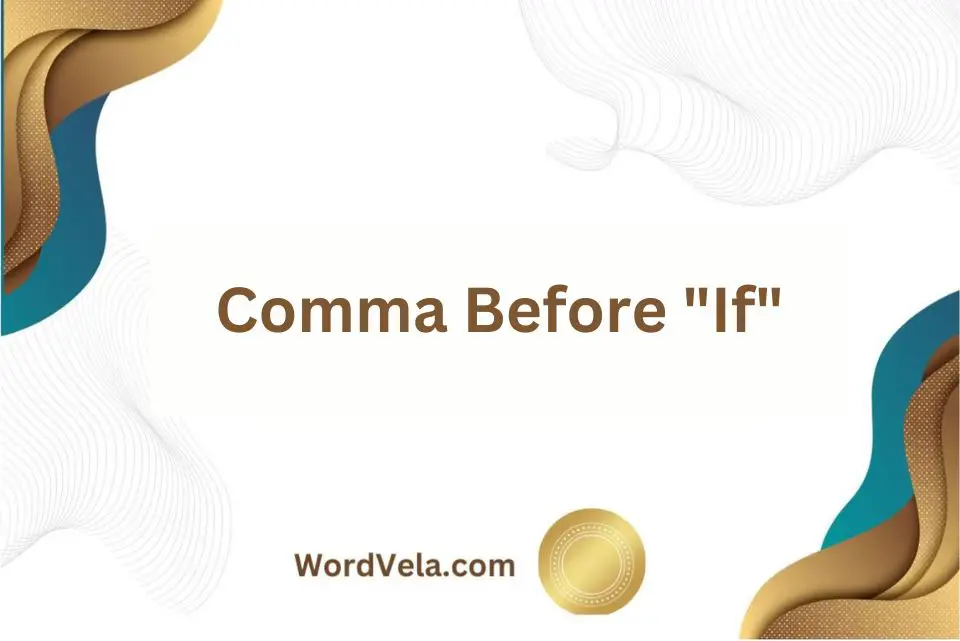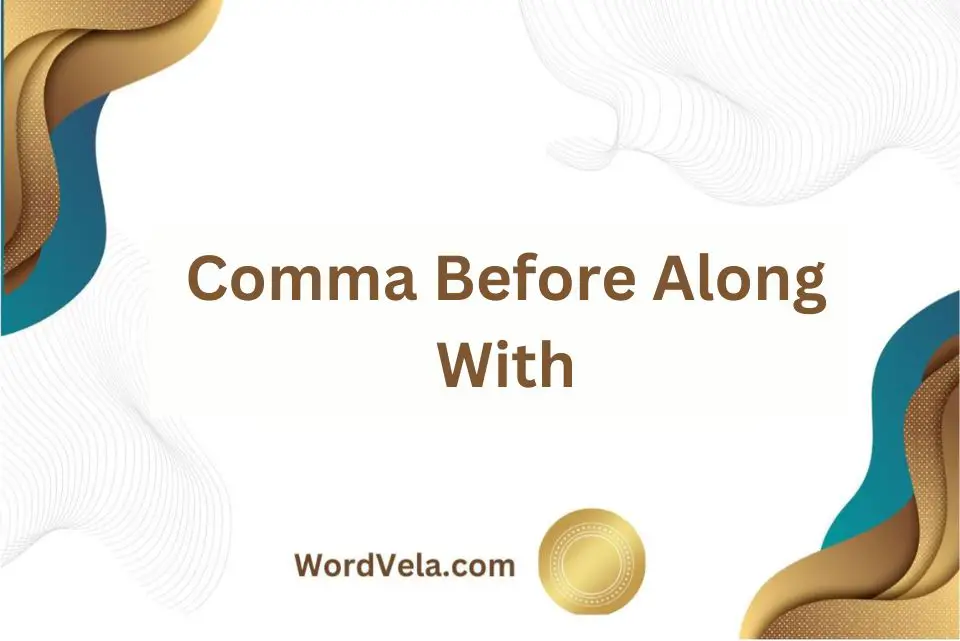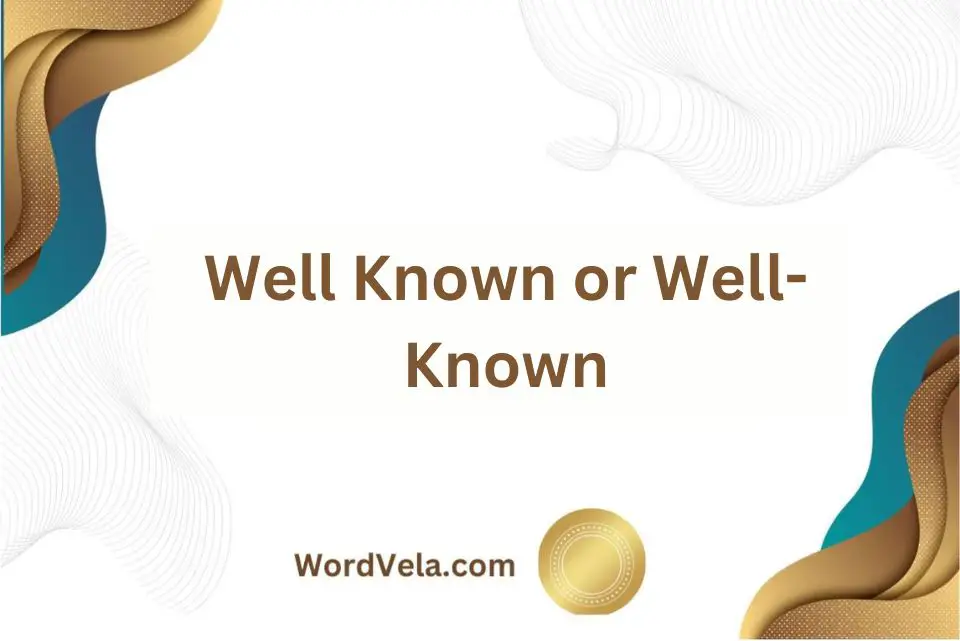Comma After Specifically: Is there a comma after “specifically”? When it comes to using commas with the word “specifically,” many writers find themselves unsure about the correct punctuation rules.
In this article, we will explore whether you should use a comma after “specifically” to help you navigate this common grammar dilemma.
Table of Contents
Is There a Comma After Specifically?
No, you don’t necessarily need a comma after “specifically” in all cases.
Here’s how comma usage with “specifically” works:
When a Comma is Not Needed:
Most common: When “specifically” functions as an adverb modifying a verb or verb phrase, a comma usually isn’t needed.
Can You Start a Sentence with Specifically?
Yes, you can absolutely start a sentence with “specifically” depending on the context and your desired emphasis.
Here’s why:
How Do You Use Specifically in The Middle of A Sentence?
You can effectively use “specifically” in the middle of a sentence to achieve a few things:
Highlight Specific Information: Placing “specifically” within a sentence allows you to pinpoint a particular detail you want to emphasize.
Introduce an Appositive or Non-Essential Phrase: When “specifically” introduces an appositive phrase or non-essential information that clarifies or adds details, it’s usually set off by commas.
How Do I Put More Specifically in A Sentence?
There are a few ways to put “more specifically” in a sentence to provide additional details or narrow down a broader concept.
Here are some options:
Highlight Specific Examples:
- Simple and Clear: “They discussed ways to improve customer service, more specifically, by focusing on faster response times and better training for staff.”
Use Synonyms or Phrases:
- More Precise: “They discussed ways to improve customer service, in more detail, focusing on faster response times and better training for staff.”
Use Transitional Phrases:
- Connective: “They discussed ways to improve customer service. More specifically, they focused on faster response times and better training for staff.”
Use Bullet Points or Lists (for written communication):
- Clear Breakdown: If you have multiple specific points, consider using a bulleted list after the initial statement to present them clearly.
| Method | Example |
|---|---|
| Examples | They discussed customer service, more specifically, by focusing on faster response times and better training for staff. |
| Synonyms/Phrases | They discussed customer service, in more detail, focusing on faster response times and better training for staff. |
| Transitional Phrases | They discussed ways to improve customer service. More specifically, they focused on faster response times and better training for staff. |
| Bullet Points | They discussed ways to improve customer service. More specifically: * Faster response times * Better training for staff |
How Do You Use Specifically and Especially?
“Specifically” and “especially” are both adverbs used to emphasize something, but they have slightly different nuances.
Here’s a breakdown of how to use them effectively:
Specifically:
Highlights Specific Details: Use “specifically” to pinpoint a particular aspect or detail you want to draw attention to.
Especially:
Emphasizes Importance or Degree: “Especially” is used to emphasize the importance or exceptional degree of something.
Here’s a table summarizing the key differences:
| Usage | Specifically | Especially |
|---|---|---|
| Function | Highlights specific details | Emphasizes importance/degree |
| Examples | Focus on a particular aspect | Highlight something exceptional |
| Contrast | Not typically used for contrast | Can be used for contrast |
What Is a Formal Way to Say Specifically?
Here are some formal ways to say “specifically” that can enhance your writing or speech:
Emphasize Specific Details:
Focus on Specific Examples:
What Is the Difference Between Specific and Specifically?
| Feature | Specific | Specifically |
|---|---|---|
| Part of Speech | Adjective | Adverb |
| Function | Describes a noun or pronoun | Modifies a verb, verb phrase, adjective, or another adverb |
| Emphasis | Emphasizes the concreteness or exactness of something | Emphasizes a particular detail or aspect of something |
| Position in Sentence | Usually precedes the noun it describes | Can appear in various positions in a sentence depending on what it modifies |
| Examples | I received specific instructions. (Describes the instructions) We need a specific solution. (Describes the solution) | The team discussed the project, specifically focusing on the budget. (Modifies the verb phrase “focusing on the budget”) Specifically, I’d like to discuss the marketing plan. (Modifies the verb “like”) |
Conclusion and Final Thoughts!
After examining various writing style guides and considering the rules surrounding comma usage, it is evident that there is no definitive rule mandating a comma after “specifically.”
While some sources recommend using a comma for clarity or emphasis, others argue that it may disrupt the flow of the sentence.
Ultimately, writers should prioritize consistency within their own work and adhere to the guidelines set forth by their chosen style guide.
Whether to include a comma after “specifically” remains a stylistic choice rather than a strict grammatical rule.











Leave a Reply